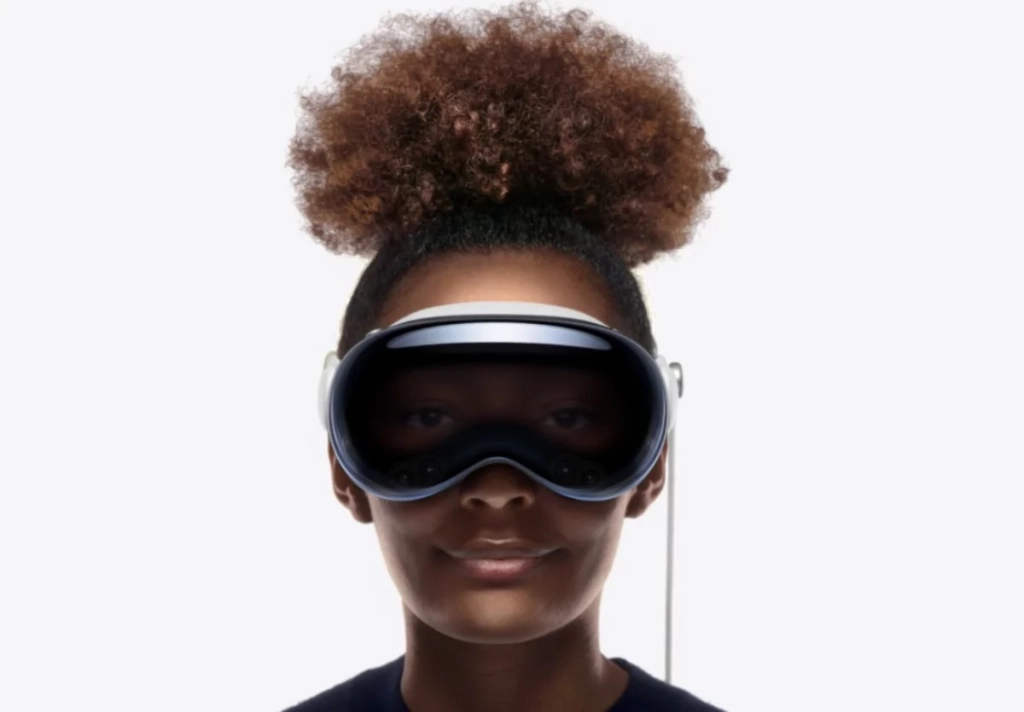Simulators are used in correctional facilities to enable inmates to receive real-life instruction. But does it work?

Atorrus Rainer, 41 years old, is in the middle of a stuffy room with a fluorescent lamp burning above him. A virtual reality headset covers his eyes like oversized glasses. From time to time he will reach out and use a VR controller in hand to collect garbage bags, a toothbrush, and toilet paper during a simulated supermarket visit.
The experience of this virtual world is limited – Rainer has to stick to a previously written shopping list and can only navigate to certain areas in the otherwise empty store. However, even in this digital world, the sheer number of products available still overwhelms him. This also applies to self-payers, which did not exist in 2001 when Rainer was sentenced to more than 100 years in prison as a teenager. His first experience with such devices is this virtual interaction. It takes place at the Fremont Correctional Facility, a medium-security prison about two hours south of Denver.
Rainer practices in hopes of entering a real store in the near future. An initiative that was launched in Colorado in 2017 in response to rulings by the US Supreme Court is intended to help him with this. Life imprisonment for juveniles without parole is therefore unconstitutional. Individuals who meet certain requirements — such as being under 21 when they committed a crime and having been imprisoned for at least 20 to 30 years — are eligible to apply for a three-year project. It is called the “Juveniles and Young Adults Convicted as Adults Program” (JYACAP) and is intended to enable them to be released on parole at best.
JYACAP believes that learning basic skills that they were unable to acquire while incarcerated will give these prisoners the best chance of success when they are released. That’s a huge challenge. Due to security concerns, they have limited access to the internet. Although the convicts are now adults, many of them have never used or even seen a smartphone or laptop. You’ve never owned a credit card in your life. “We had to find a way to offer them the opportunity in a constrained environment,” said Melissa Smith, interim director of prisons for the Colorado Corrections Department.
Freedom with virtual reality
While not yet widely used in prisons, a handful of prisons from Ohio to New Mexico have embraced virtual reality (VR). Goals range from reducing aggressive behavior to promoting empathy with victims to reducing recidivism. The latter applies to Colorado, for example. Despite the state’s prison budget of nearly $1 billion, the state has one of the worst recidivism rates in the country, at around 50 percent of all parolees. Nationwide, up to two-thirds of the 600,000 people released from US federal and state prisons, each year are re-arrested within three years.
Is VR the long-missing piece of the puzzle in a confusing game of resources and programs designed to help reverse that statistic? Or is it again just an experiment that will not adequately prepare incarcerated individuals for life after incarceration? “It’s not going to be a panacea, but it’s a tool that I think is very powerful for a lot of people because they’ve never had a chance to practice what we’re trying to teach them before,” says Associate Professor Bobbie Ticknor in criminal justice from Valdosta State University. “I think we should use whatever there is and see what works best.”
The scenery of modern life – through VR
Proponents like Ticknor believe VR can immerse prisoners into the backdrop of modern life. This should enable them to develop digital skills in a safe prison environment. “When you role-play or learn new skills, the closer you can bring them to what people are experiencing in the real world, the better they get,” said Ethan Moeller, founder, and CEO of Virtual Training Partners, which helps organizations at the successful implementation of virtual reality tools. “VR can do this better than any other training medium.”
Others are more skeptical. Just like Dr. Cyndi Rickards, an associate professor at Drexel University regularly teaches criminology classes in Philadelphia prisons. People who are incarcerated wear the inmate’s badge on their backs. “It’s a dehumanizing system,” she says. “So when you suggest that VR reintegrates them into society after they’ve been in a penal system, that objectifies people even more.” It continues the pattern of dehumanizing people. “I haven’t seen any compelling evidence that this is the way we should be going to integrate people so that they become members of a healthy society where everyone contributes,” says Rickards.
VR as training for everyday life in freedom
Rainer believes the grocery store simulation was useful, but is aware that should he actually re-enter the real world, it will be very different from this video game-like version he is interacting with in prison. “But when I go back into society, I don’t want to just be stuck in a grocery store and then not knowing what to buy because there are so many options,” he says. He doesn’t like working on the computer, but he knows he has to.
As VR technology becomes more affordable, such programs are becoming a budget-friendly option for US states already struggling with persistent labor shortages in the justice system. “If we lowered recidivism rates, that would help society,” said Sarah Rimel, former technology research program manager at Colorado’s National Mental Health Innovation Center. As a result, less money ends up in prison.
VR has also been shown to be a beneficial therapeutic tool that can help lower rates of depression, reduce anxiety, overcome phobias, promote emotional empathy, and manage post-traumatic stress—at least in some studies. For example, so-called VR exposure therapy has been successfully used to help population groups such as war veterans or survivors of sexual assault to confront and cope better with their triggers and trauma. However, all of this research is based on experiments conducted on people who were not incarcerated.
The currently available evidence on the correctional approach is limited and mostly anecdotal. However, there are some positive results. For example, a short-term pilot initiative in Alaska that replaced learning mindfulness techniques with VR resulted in a decrease in reports of feelings of depression or anxiety — and less disciplinary action.
Virtual Interview
In Michigan, a virtual reality interview training tool originally designed for people with severe mental illness was tested in a pilot project with 44 men stuck in the justice system. The results, published in March 2022, showed that 82 percent of participants who used the tool found a first job within six months of being released, compared to 69 percent of other program participants.
Adjusting for variables such as age, race, and time served, the data found that those who used the program were 7.4 times more likely to find a job. “Aside from employment rates, those who interviewed Molly [the virtual hiring manager] demonstrated better interview skills over time, reduced their fear of interviewing, and increased their motivation to approach an interview,” says Matthew Smith, University of Michigan social work professor who led the study. He and his team are now enrolling a larger group in a validation study.
VR for a special target group
Colorado has no data to back up when it comes to success or failure. Only one of the 16 people fired by JYACAP over the course of nearly three years has been re-arrested. Two of those 16 people were paroled before completing the entire program. “If the right scenarios are used,” says Cheryl Armstrong, one of the first JYACAP graduates, “it’s helpful [VR] at least to some degree to give you an idea of what’s to come.”
Ticknor of Valdosta State University estimates that less than 10 percent of correctional facilities currently use VR simulators on inmates. However, it is expected that this will change soon. “I would be very surprised if within five years this wasn’t a very common treatment for this particular target group,” she says.






Leave a comment